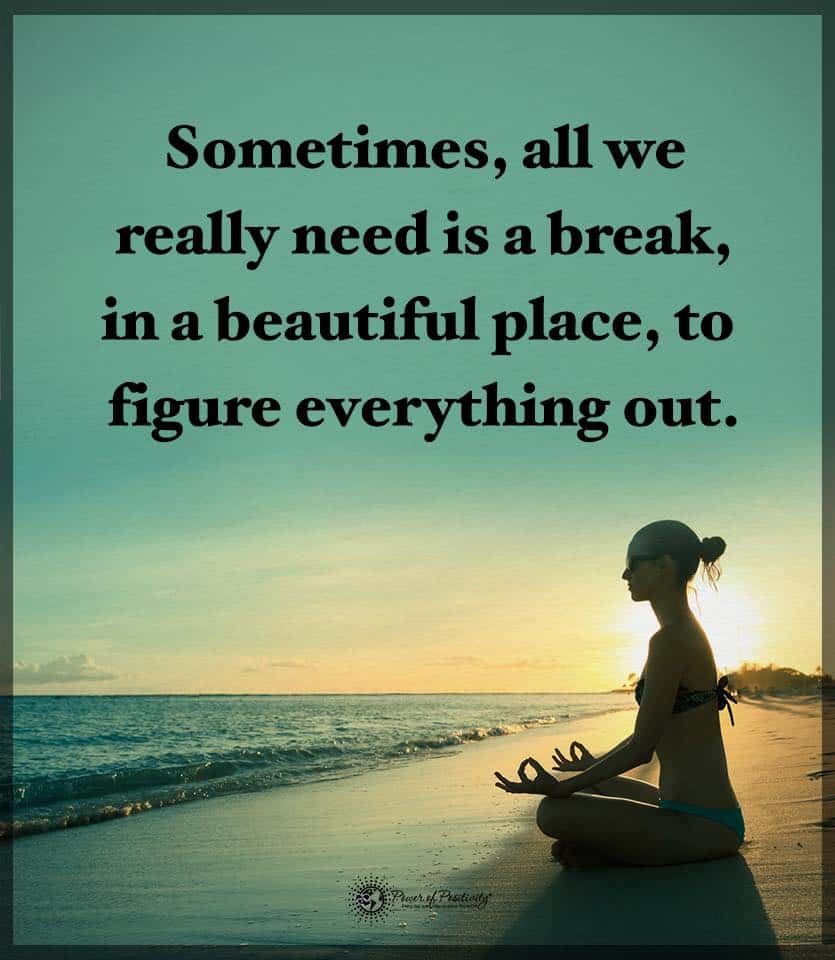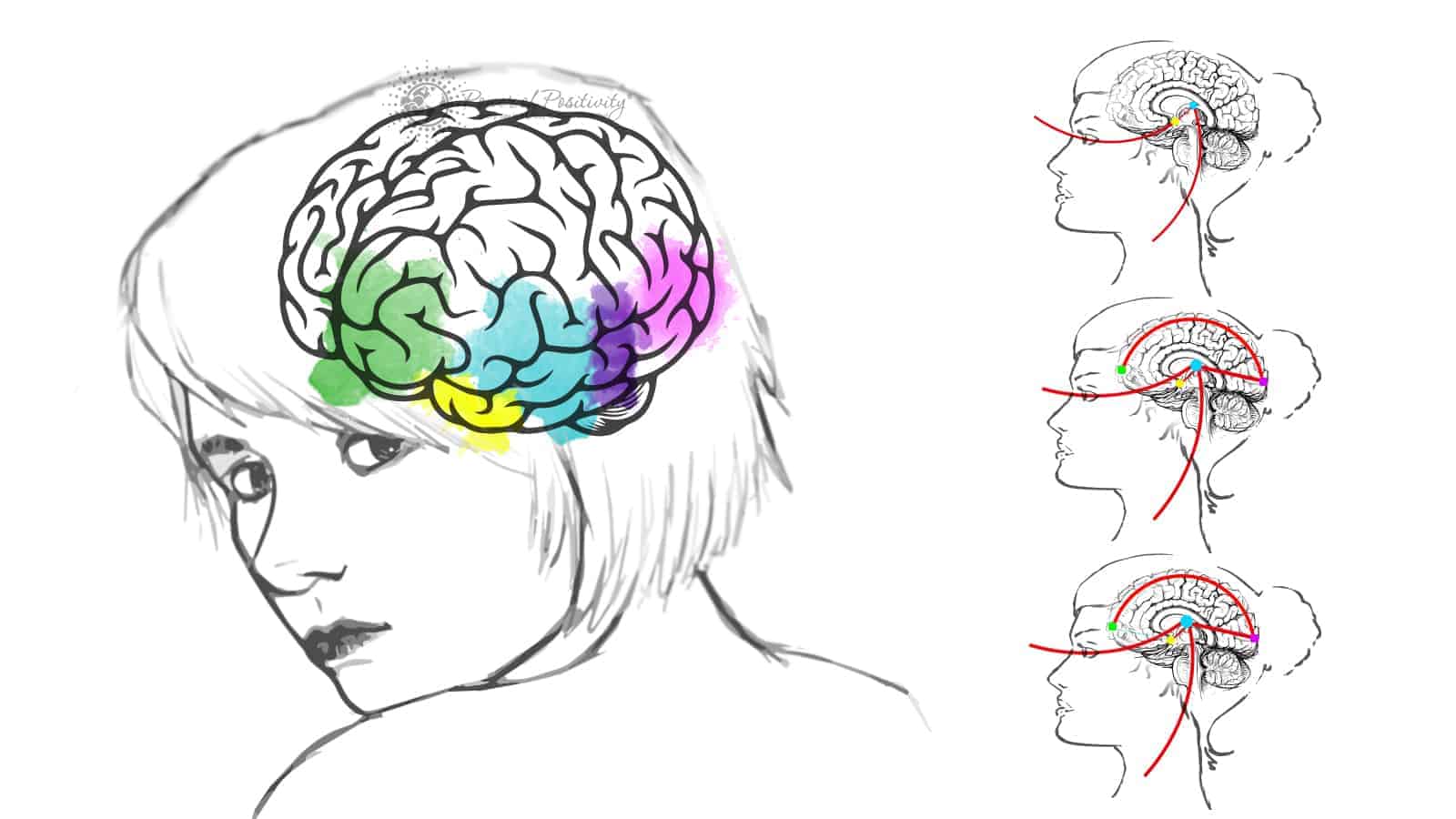In today’s world, we have the ability to talk to our loved ones no matter where we go, with just the click of a few buttons. We can Skype, FaceTime, email, text, and communicate in all sorts of ways that we couldn’t years ago. However, nothing really takes the place of our lover or relative actually being with us. Thanks to this innovative ring that allows you to feel your partner’s heartbeat, however, the pain of being so far apart might lessen just a bit. No matter the distance between you, at least you can feel their heart beating at any time you wish.
This Special Ring Allows You To Feel Your Partner’s Heartbeat From Anywhere In The World
Created by TheTouch, they call them HB Rings. Most of the designs are made from stainless steel, though you can also get a rose gold variety. All rings have a Unibody sapphire crystal surface, which means you won’t have to worry about them getting scratched.
So, how do these work exactly? Well, all you have to do is connect to an app via Bluetooth, and tap the ring after connecting to data or Wi-Fi. Then, you can feel your lover’s heartbeat in real time. These rings mark much more than just a commitment to your loved one; they actually connect you through your heartbeats, giving you comfort when you have to be apart.

You can get them on TheTouch website by pre-ordering now. Also, if you’d like more information or updates about the rings, check out their Facebook page here.
Long-distance relationships make connecting very difficult, but now, it will feel like your loved one is right there with you. Even if it doesn’t take the place of them actually being beside you, it comes as close as you can get to the real deal. Sure, texting and Skype can work too, but neither of these options allows you to actually feel your loved one’s presence like the HB ring does.
The rings have 160 hours of standby time, as well as fourteen hours of active time, making them incredibly user-friendly and versatile. The long-lasting battery will make it easy to feel your lover’s heartbeat for as long as you wish. Also, the rings come in six sizes, so you will hopefully find the ring that fits you perfectly.
You can also choose from one of two charger boxes to make sure you keep your rings charged up and ready to go.
Final Thoughts on This Special Heartbeat Ring
We live in the digital age now, so as much as we’d like to always connect in real life to our favorite people, this sometimes isn’t an option. If you really want to feel your partner or loved one there with you, these rings will simulate that exact feeling.











